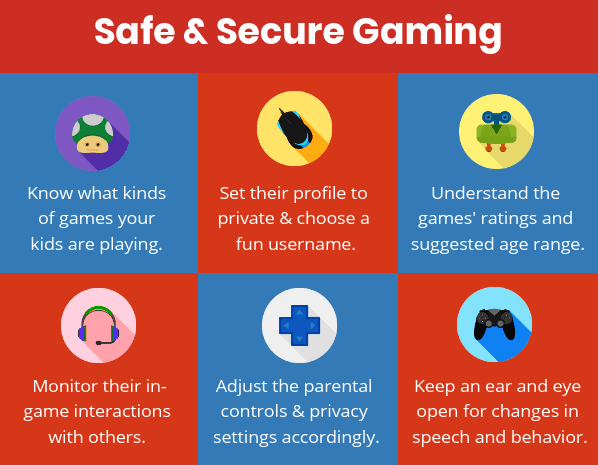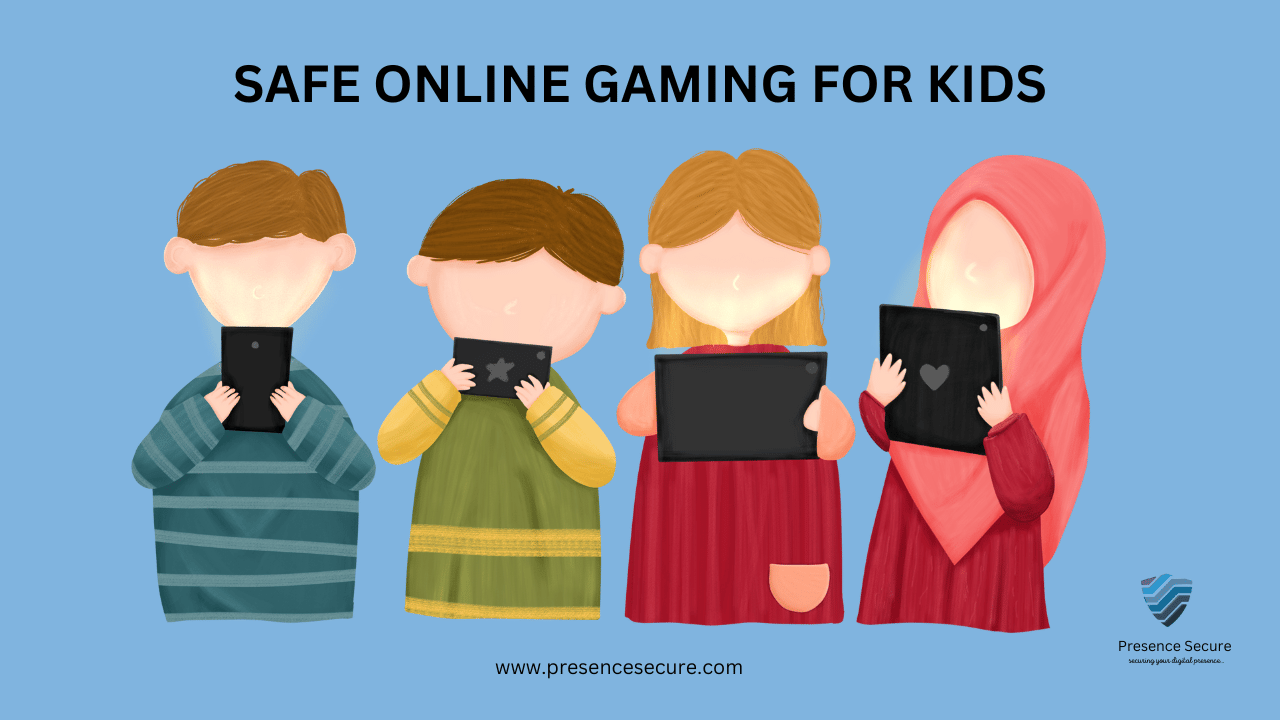A child’s safety is paramount, and many parents are becoming increasingly aware of the dangers of the online world. However, media attention has primarily focused on the risks of social media and neglected to highlight crucial safeguarding in the online gaming world.
The biggest risk to children online is talking to strangers online. Many games are designed to be played in teams against other people, not restricted to geographical locations.
When allowing your child to game online, a good precaution would be to turn off game chat. Game chat allows anyone who you randomly place in the lobby with to talk to you and hear you.
Identical to the risks of social media, your child should not be talking to anyone they do not know, but if they want to talk to their friends online, make sure the console/PC is only on party chat, which only allows specified and approved friends.
If game chat is on, it puts young people at risk of grooming or online forms of abuse, which can gradually be moved into an offline context. Children must be routinely monitored when gaming online, to safeguard them against these risks.
In any kind of party voice chat, or where messaging is available, a child can also be subjected to bullying. Children are increasingly using Discord servers and Xbox/PlayStation party chats to play alongside friends. Nevertheless, the gaming world is an intense and stressful environment and can cause a lot of anger if mistakes are made, which can later lead to bullying and abusive language. If a child does not have a particular game or if there is limited space on a team, they can also be made to feel excluded.
Overall, this can be very upsetting for your child, so if you are aware, tell them they can talk to you and show them the blocking and reporting functions in the game or chat, allowing them to prevent bullies from contacting them.

Trolling is something that many gamers have to face. Whether that is the deliberate killing of teammates, known as friendly fire, or stealing loot in specific games. Trollers are there to specifically ruin the game for others. This can result in your child feeling very upset and frustrated.
Children are also at risk of being taken advantage of. This is most likely to occur when other players try to trick or scam a young person into giving up their “skins” or other in-game items by offering them money or hacking into their accounts. Some skins, a cosmetic feature within the game, can be very rare and some players would offer a lot for them. This one is hard to mitigate against, but the best way is to make sure that they do not have contact with strangers.
There is a new phenomenon in gaming, where many companies release their game for free, to exploit its users for more money for in-game content. We have previously written about microtransactions and the risks of them to addiction, which is directly applicable to young players. Additionally, there have been many cases where a child has spent, sometimes unknowingly, thousands of pounds on their parent’s credit/debit card. To prevent this, and excessive spending, apply a passcode before purchasing and monitor your emails for any unknown purchases.
The best way to mitigate these risks is to have good communication with your child and monitor what they are doing online.






